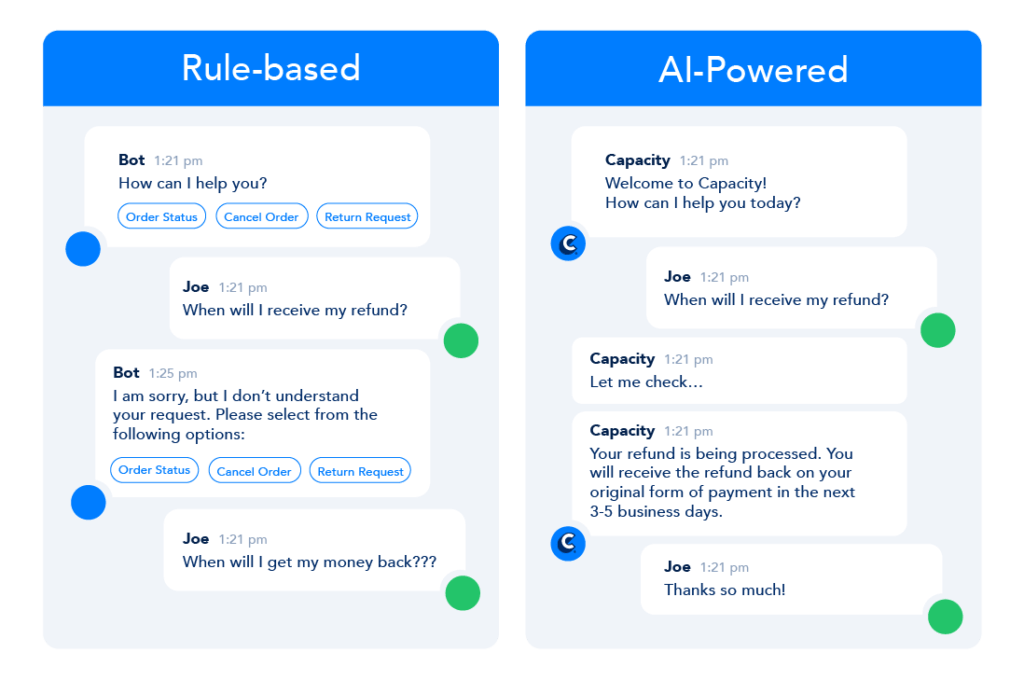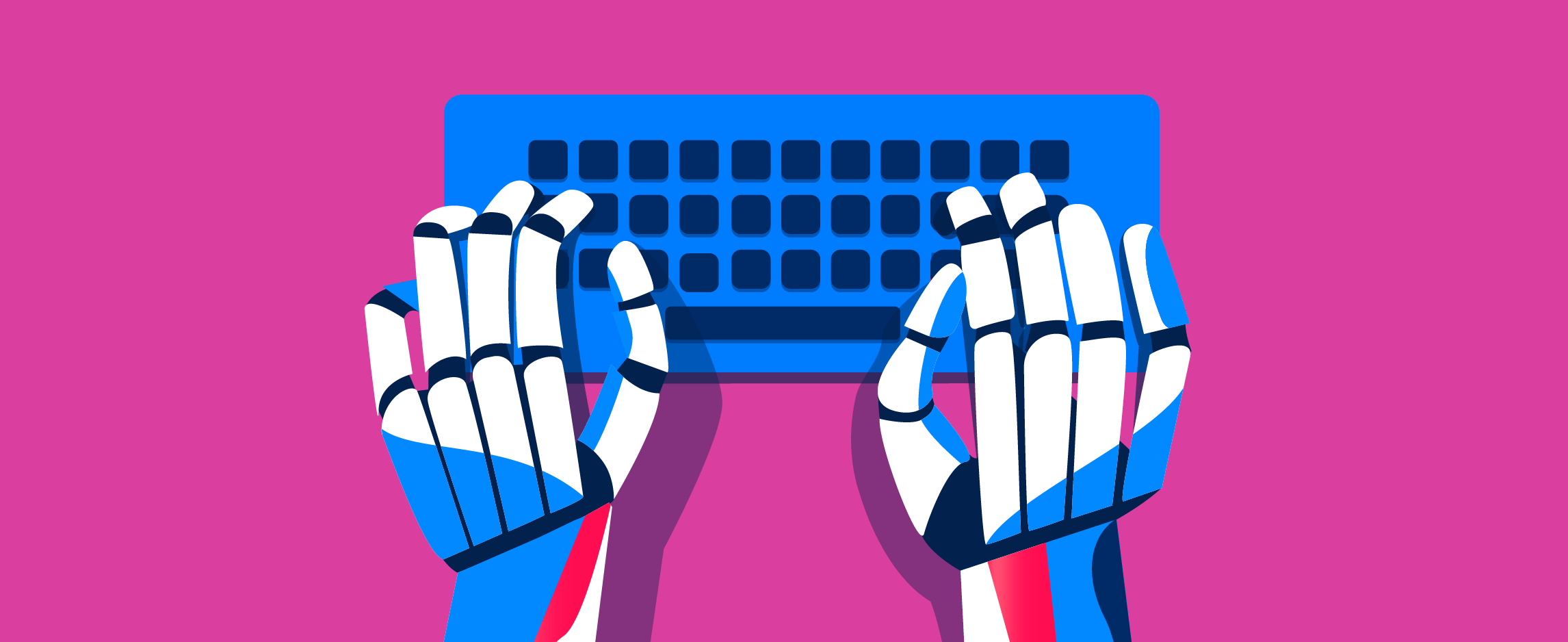Touted as the next iteration of apps, chatbots are the new and improved messaging platforms in the digital era. Chatbots represent a massive transformation in the communication industry. As people are spending more of their time interacting with their smart devices, companies are responding in kind with 24/7 customer service by way of chatbots. These chatty communicators can respond to queries as effectively as they are programmed to. Some already use AI to enhance interactions and learn from every conversation.
Some of the world’s largest companies, such as Levi’s or Bank of America, are leveraging custom-made chatbots to drive actual revenue by encouraging customers to take the next step in the buyer’s journey. Smaller organizations and startups are hosting commercially available chatbot solutions that deliver leads and ROI right out of the box.
What are chatbots?
Chatbots are software programs designed to interact with humans via text messaging or voice engagement. The interactions can be as simple as asking for the weather forecast or troubleshooting a TV system. In a way, chatbots can be viewed as personal assistants and guides. They are hosted on various platforms such as Facebook, Slack, and Telegram. Through advancements in technology, chatbots can find what we are looking for or direct us to the right person.
How do chatbots operate?
Chatbots operate by recognizing certain keywords, and then giving a matching response. For example, if the chatbot was designed to work with a luggage retailer, you could ask the chatbot something like, “Which luggage is on clearance?” or, “Show me blue, hardside luggage sets.”
These types of questions are pretty straightforward, and chatbots can be programmed to determine patterns and keywords so that they can respond appropriately. A chatbot may also have a set of libraries and APIs that they scan to leverage pattern-matching. On the other hand, a chatbot can also learn over time using artificial intelligence (AI) and machine learning (ML).
Types of chatbots:
Rule-based chatbot.
Rule-based chatbots are decision-tree chatbots that are coded with a specific set of rules designed to address specific inquiries. The potential conversations are mapped out like a flowchart with answers to every possible question.
The rules can be simple or highly complicated. What the rules can’t do is answer any questions that are unrelated and random. Rule-based chatbots only offer answers to questions that have already been programmed.

AI-powered chatbots.
Unlike rule-based chatbots, AI chatbots can use machine learning to understand intent and context. Over time, AI-powered chatbots can learn from feedback and mistakes to provide more accurate responses.



